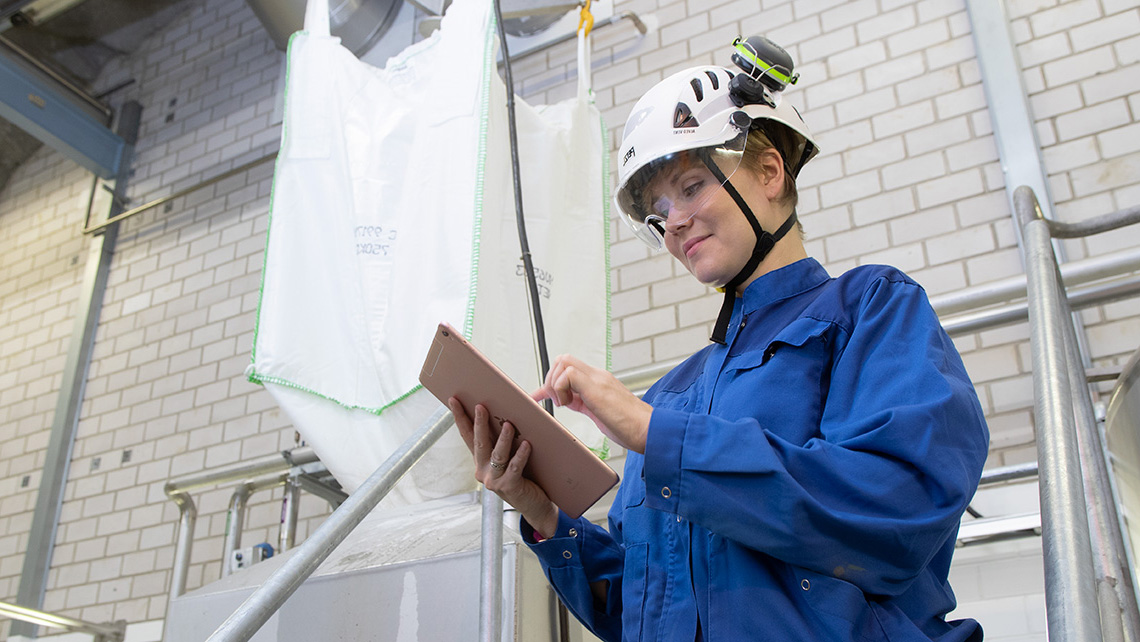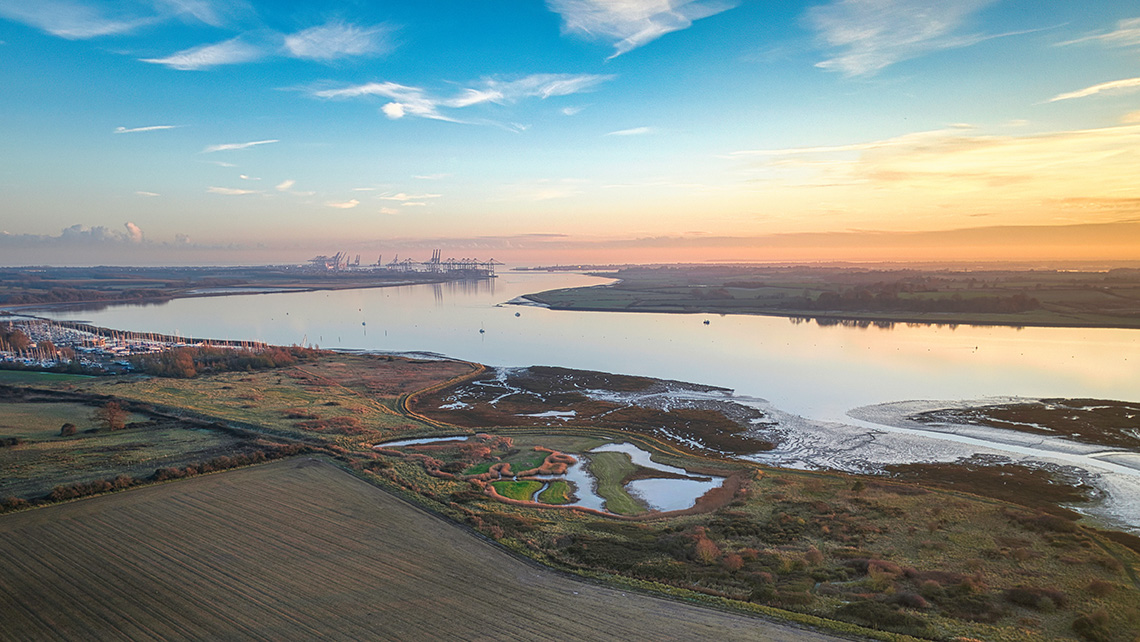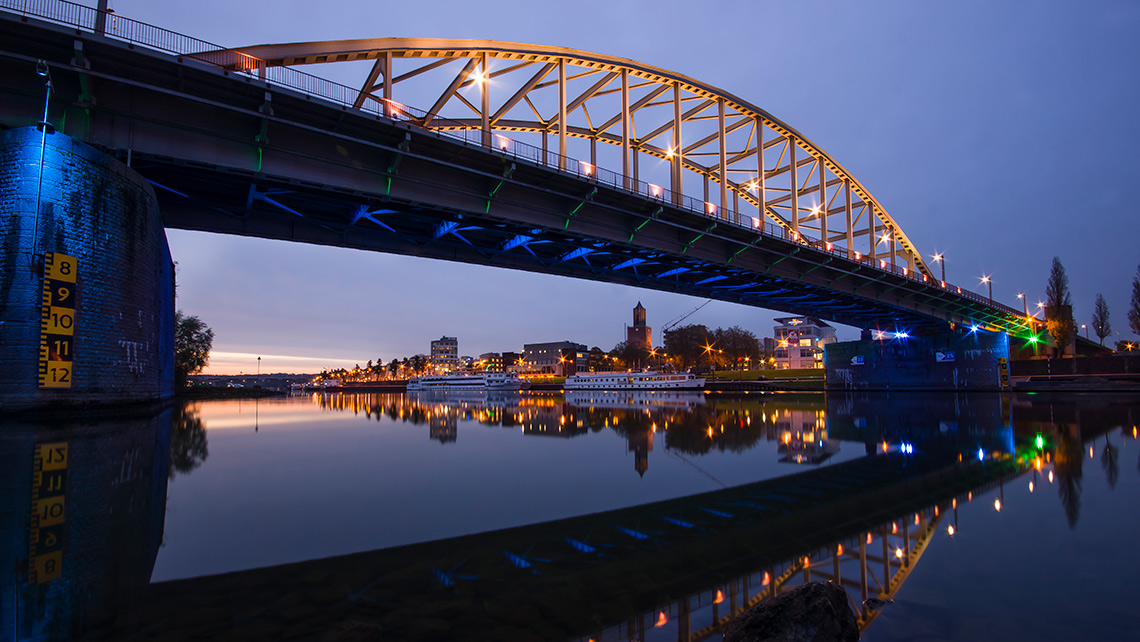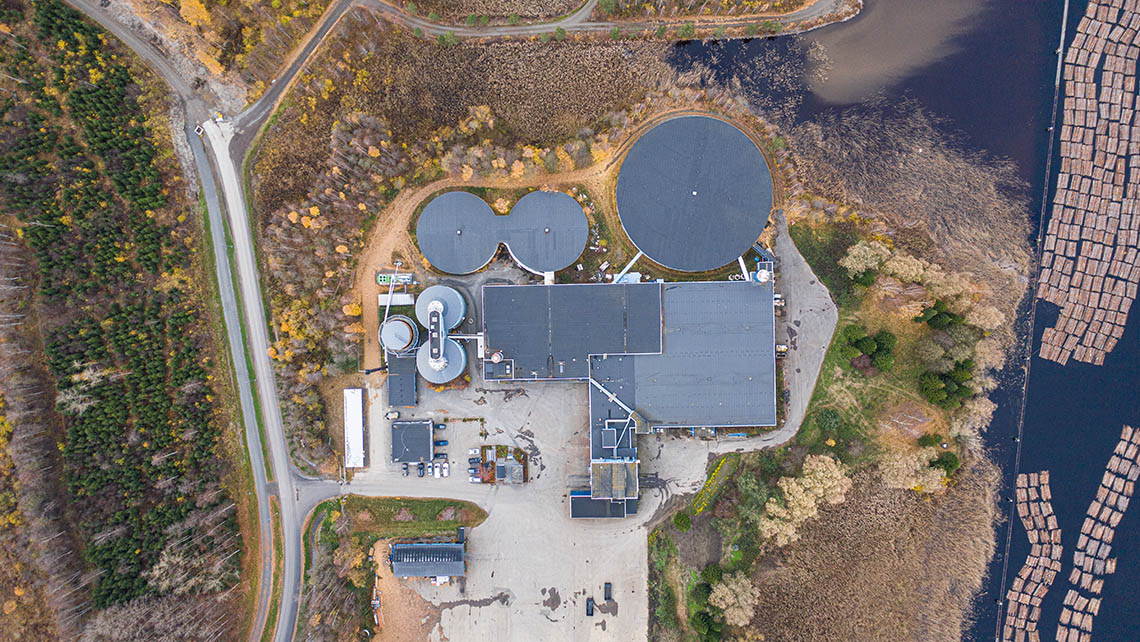As is the case in many other industrial processes today, wastewater treatment plants (WWTPs) need to be adapted and upgraded in order to reduce energy consumption and optimize the use of chemicals. In addition to this, there are other trends impacting the wastewater treatment industry both in Europe and around the world.
“Water scarcity has become an increasingly pressing issue in recent years,” says Fredrik Nyrén, Director, Marketing & Application Development, Industry & Water at Kemira. “This affects the whole water cycle, from extraction to distribution and treatment. Water as a resource is something people often take for granted until it starts becoming scarce.”
“Emerging contaminants are another key issue in water treatment,” highlights Jesper Berner, Sales Manager, Advanced Water Treatment at Kemira. “Addressing the problems posed by perfluoroalkyl and polyfluoroalkyl substances, or PFAS for short, as well as pharmaceutical residuals and nitrous oxide emissions, is a hot topic right now. There is also the update of the EU Urban Wastewater Treatment Directive, which will place even tougher demands on the water treatment systems of EU member states, for example with regard to phosphorus removal.”
In a nutshell, wastewater treatment utilities are facing challenges on multiple fronts, and chemicals and chemistries alone are no longer enough to address them.
Towards zero-footprint chemical wastewater treatment
Every step of the wastewater treatment process – from pre-sedimentation and sludge thickening to biological treatment, sludge dewatering, and tertiary treatment – uses chemicals of some sort. These can be coagulants, polymers, or disinfectants, and they are often used in combination. “Increasingly strict regulatory requirements used to mean automatically using more chemicals and more energy to treat wastewater, but smart digital solutions that can optimize primary treatment, sludge dewatering, and phosphorous precipitation mean that is no longer the case,” Berner points out.
Kemira supports wastewater treatment utilities in reducing their costs, energy consumption, and carbon footprint by offering its vast expertise in water treatment chemistries together with a smart suite of digital solutions. The KemConnect™ portfolio of solutions enable digitally enhanced data-driven chemistry management for the key areas of water treatment:
- KemConnect™ PT for optimizing primary treatment
- KemConnect™ SD for improving sludge dewatering efficiency
- KemConnect™ P for enhancing phosphorus removal and optimizing chemical consumption
- KemConnect™ DEX for wastewater disinfection
Targeting the biggest energy consumers in the process
“Aeration in the biological treatment is by far the most energy-intensive step in the process, “ Nyren says. “With digitally enabled optimization of the primary treatment process, using KemConnect™ PT, plants can bring out much more solids prior to the biological step. This reduces the oxygen demand and the need for aeration, which in turn reduces overall energy consumption. More solids going from the primary treatment to anaerobic digestion can allow the plant to produce more biogas, which is of course a renewable energy source.
After the biological step, sludge management is the next biggest consumer of energy. This is another step where chemistry, data analytics, and automated dosing can combine to great effect, helping wastewater utilities to optimize sludge dewatering and reduce energy use. “Optimized chemistries mean less drying, and less suspended solids and drier sludge mean lower transport and disposal costs. All of these add up to big energy savings and a lower carbon footprint,” Berner says.
With digitally enabled optimization, plants can reduce overall energy consumption.
As Nyrén points out, however, with the KemConnect™ suite of solutions the key is that the whole is far greater than the sum of its parts: “We are not in the business of one-size-fits-all solutions. We support customers by combining our decades of water treatment application expertise and proven chemistries with smart digital services to create a tailored solution for each individual wastewater treatment process.”
Real-world examples of digitally enhanced wastewater treatment
Results from real-world examples of Kemira’s digitally enhanced approach show that it is paying dividends for customers:
- Anglian Water’s Sudbury WWTP has seen improved phosphorous removal with KemConnect™ P and 13% lower chemical consumption.
- The Arnhem Zuid WWTP in the Netherlands has cut polymer consumption by around 45%, annual costs by €150,000, and its CO2 footprint by 20 t eq. by applying data-driven chemical treatment.
- The Joensuu WWTP in Finland has increased its capacity and its biogas production with the help of KemConnect™.
- WWTPs in Copenhagen, Prague, and Breda are harnessing the power of data to reduce energy use, raw material consumption, and carbon intensity.
Future-proofing wastewater treatment with digital technologies
Beyond the need to improve efficiency and address the challenges of water scarcity and micropollutants, Berner points out that many Kemira customers in the water treatment industry are looking into topics like how to regenerate phosphorus for reuse in their processes. “There is a great deal of investment in solutions that will enable more phosphorus to be removed from sludge and then reused elsewhere,” says Berner. “Utilities are waking up to the fact that wastewater can be a valuable source of raw materials like phosphorus and nitrogen. Digital solutions are helping to improve the effectiveness of these processes and reduce their cost.”
Utilities are waking up to the fact that wastewater can be a valuable source of raw materials.
Discussing Kemira’s role as a partner to the wastewater treatment industry, Nyrén is keen to emphasize the company’s hands-on approach: “Our digital services exist to optimize our well-established chemistries, and for many customers they will be the first digital solutions that they have ever installed or worked with. Because of this, customers particularly value our hands-on approach on site. Our goal is to act as consultants who can see the big picture, identify the right combination of chemistries and digital solutions, and apply our wastewater treatment expertise to achieve the best possible result for the customer.”



